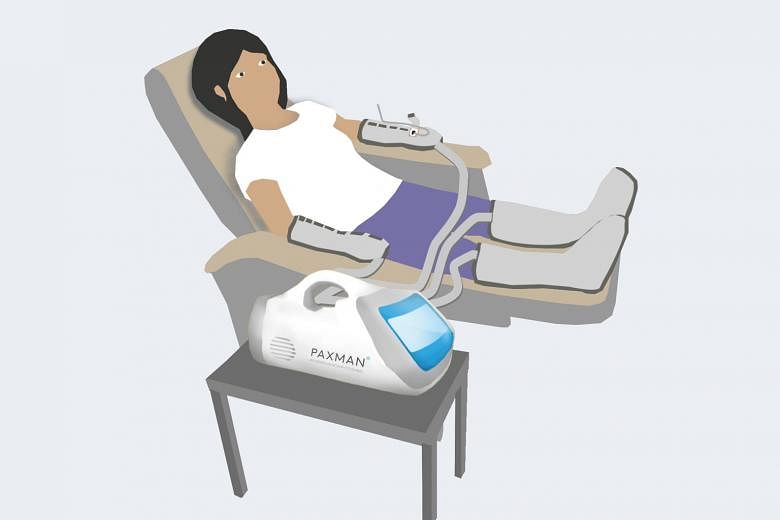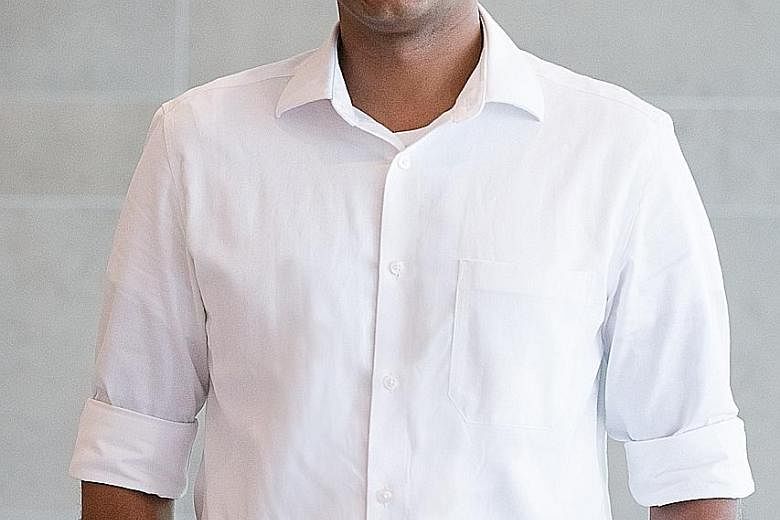A new device that could reduce side effects of chemotherapy is being developed by researchers in Singapore and Britain.
The device will wrap around and cool the arms and legs of cancer patients during chemotherapy to prevent or reduce numbness and pain caused by a class of chemotherapy drugs called taxanes. Taxanes are used to treat common cancers such as breast, lung, ovarian and stomach cancer.
The side effect, called chemotherapy-induced peripheral neuropathy (CIPN), causes progressive and often irreversible pain or sensitivity in the hands and feet of patients. It affects 1.4 million cancer patients globally every year.
When severe, it could also affect patients' mobility and lead to delays or discontinuation of treatment, said Assistant Professor Raghav Sundar, consultant at the Department of Haematology-Oncology at the National University Cancer Institute, Singapore (NCIS).
Prof Sundar, who is leading the research team in Singapore, said: "The treatment of CIPN is an unmet and increasingly urgent clinical need, and a preventative solution will hopefully improve patients' quality of life."
Cooling of the limbs during chemotherapy, or cryotherapy, has shown to be effective in preventing or reducing the severity of CIPN. It helps constrict blood vessels to reduce blood flow and the amount of chemotherapy that goes to the nerves around the fingertips and toes.
But the current method of using frozen gloves or ice packs for cooling is unstable as such items melt. They can also cause frostbite.
The team's device could provide cooling at a temperature that is tolerable and consistent throughout the duration of the chemotherapy session, which ranges from one hour to four hours. The temperature could also be adjusted to a level patients can bear.
The research team members in Singapore are from the NCIS at the National University Hospital and the N.1 Institute for Health at the National University of Singapore. They have partnered Paxman, a British medical technology company, which had invented a scalp-cooling system to minimise hair loss from chemotherapy treatment.
The team has been working together since 2019.
They were awarded a translational grant from the National Research Foundation Central Gap Fund last month, which is administered by the National Health Innovation Centre Singapore.
The team is working on the final prototype for use in clinical trials. Pilot studies on healthy volunteers and cancer patients who may suffer from the side effects will begin in the second quarter of next year.
Its efficacy will be monitored using clinical and patient-reported outcomes. In addition, the team plans to conduct an international study after pilot studies in Singapore are completed.


